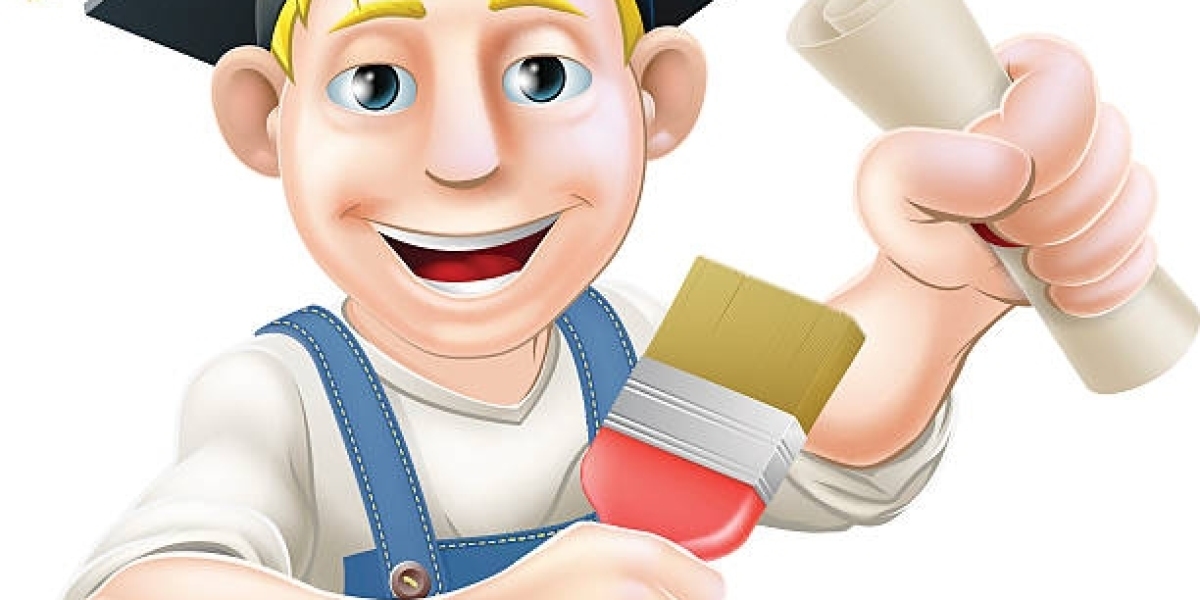If you’re someone with an eye for design, a passion for creating beautiful spaces, and a flair for blending functionality with aesthetics, then interior design might just be your calling. But what if you don’t have the time or resources to commit to a four-year degree? Enter the Diploma in Interior Designing—a fast-track route to entering the design industry and launching a fulfilling, creative career.

With urbanization, real estate development, and lifestyle upgrades booming across India—especially in cities like Delhi—the demand for professional interior designers is skyrocketing. This is precisely why the interior designing course in diploma format is gaining immense popularity. Whether you aim to work in home interiors, corporate spaces, or hospitality design, a diploma in interior designing offers you a structured, practical, and skill-oriented entry into the field.
Let’s dive into what makes this course a smart career choice, especially for young creatives eager to step into the design world quickly.
1. What is a Diploma in Interior Designing?
A diploma in interior designing is a short-term professional course typically spanning from 6 months to 2 years. Unlike traditional degree programs, this course is highly focused on practical training, core design principles, and the latest tools used in the interior design industry.
It equips students with essential skills such as space planning, lighting design, furniture arrangement, material selection, CAD (Computer-Aided Design), and 3D modeling—giving them the competency needed to work on real-world design projects.
2. Why Choose a Diploma over a Degree?
While a Bachelor interior design course provides in-depth academic exposure, many students today are looking for quicker, cost-effective routes that offer immediate skill acquisition and job readiness. Here are some reasons why opting for a diploma in interior designing is a smart choice:
2.1 Short Duration, High Impact
Most diploma programs are designed to be completed in 1 year or less, making them ideal for students or working professionals who want to transition quickly into a creative field.
2.2 Practical Curriculum
The syllabus is streamlined to focus on hands-on learning rather than theoretical concepts. Students work on live projects, model-making, and design software from day one.
2.3 Affordable Fees
Compared to full-time degree courses, diploma courses in interior design are much more budget-friendly while still offering great career opportunities.
2.4 Industry-Ready Skills
From mastering AutoCAD and SketchUp to understanding color theory and interior styling, diploma students graduate with immediately usable skills that are in high demand.
3. What Will You Learn?
A well-structured interior designing course at the diploma level will include:
Basics of Design Principles
Learn concepts like balance, proportion, rhythm, contrast, and harmony in design.Color Theory & Material Studies
Study the psychological impact of colors and how to select appropriate materials for different spaces.Space Planning & Furniture Layouts
Understand how to organize functional and aesthetic spaces, keeping ergonomics in mind.Lighting & Interior Styling
Explore artificial lighting types, layering, ambient lighting, and accessories for mood enhancement.Technical Drawing & CAD Software
Get trained in design tools such as AutoCAD, SketchUp, and Photoshop for 2D/3D presentations.Site Visits & Studio Projects
Engage in real-time learning through fieldwork, client briefs, and hands-on projects.
4. Who Should Enroll in a Diploma in Interior Designing?
12th Pass Students looking for a creative career with job prospects right after school.
Graduates from Other Fields like commerce or science wanting to switch to a design-based profession.
Working Professionals aiming to shift careers or start their own design consultancy.
Homemakers or Freelancers looking for a flexible, short-term way to enter a high-demand industry.
If you're searching for a compact yet comprehensive program, the diploma in interior designing is an ideal stepping stone.
5. Interior Design Course in Delhi: Why the Capital is a Great Choice
If you’re planning to pursue a diploma in interior designing, Delhi offers one of the best environments to learn and grow in this field. Here's why:
5.1 Access to Renowned Institutes
Delhi is home to some of India’s top design schools like Pearl Academy, JD Institute of Fashion Technology, and Delhi Institute of Design—many of which offer diploma and short-term interior designing courses.
5.2 Industry Exposure
Being a hub for architecture, construction, and interior projects, Delhi provides real-time exposure to students via internships, site visits, and workshops.
5.3 Networking Opportunities
Design events like India Design ID, architecture exhibitions, and trade shows in Delhi help students build a professional network early on.
5.4 Vibrant Design Culture
From Lutyens’ Delhi to modern Gurugram interiors, the city itself is a living classroom of diverse design aesthetics.
If you’re based in or near the capital, pursuing an interior design course in Delhi gives you access to resources, mentorship, and career-launching opportunities.
6. Career Options After a Diploma in Interior Designing
Completing a diploma in interior designing opens up multiple job roles across industries:
Residential Interior Designer
Create functional and beautiful homes based on client preferences and lifestyles.Commercial Space Designer
Work on designing offices, retail outlets, salons, and restaurants for better flow and brand aesthetics.Furniture & Fixture Designer
Specialize in bespoke furniture that complements interior layouts.Interior Stylist or Visual Merchandiser
Enhance interiors with styling elements like art, lighting, and décor accessories.3D Visualizer or CAD Draftsman
Use your software skills to create technical plans and realistic 3D models.Freelance Designer or Entrepreneur
Start your own design consultancy or freelancing service after a diploma.
Salaries for diploma holders typically start at ₹2.5–4.5 LPA in India and can grow significantly with experience and portfolio strength.

7. Tips for Making the Most of Your Diploma Course
Build a Strong Portfolio: Include all your design projects, sketches, and CAD work in a professional portfolio.
Intern During or After the Course: Hands-on experience boosts both your confidence and employability.
Stay Updated with Trends: Follow blogs, YouTube channels, and design magazines to keep up with current styles.
Network with Peers & Mentors: Building connections early can help you land freelance projects or job referrals.
Practice Software Proficiency: The better your AutoCAD, SketchUp, or Photoshop skills, the more competitive you become.
8. Final Thoughts: Is a Diploma in Interior Designing Right for You?
A diploma in interior designing is more than just a course—it's your first real step toward a vibrant, fulfilling career in design. If you're creative, love working with spaces, and want a practical, career-ready education, this program is tailored for you.
Unlike long academic routes, the diploma offers a quick entry into the industry while ensuring you're equipped with the essential tools of the trade. Whether you're based in the heart of Delhi or anywhere in India, this interior designing course can be your gateway to becoming a design professional.






